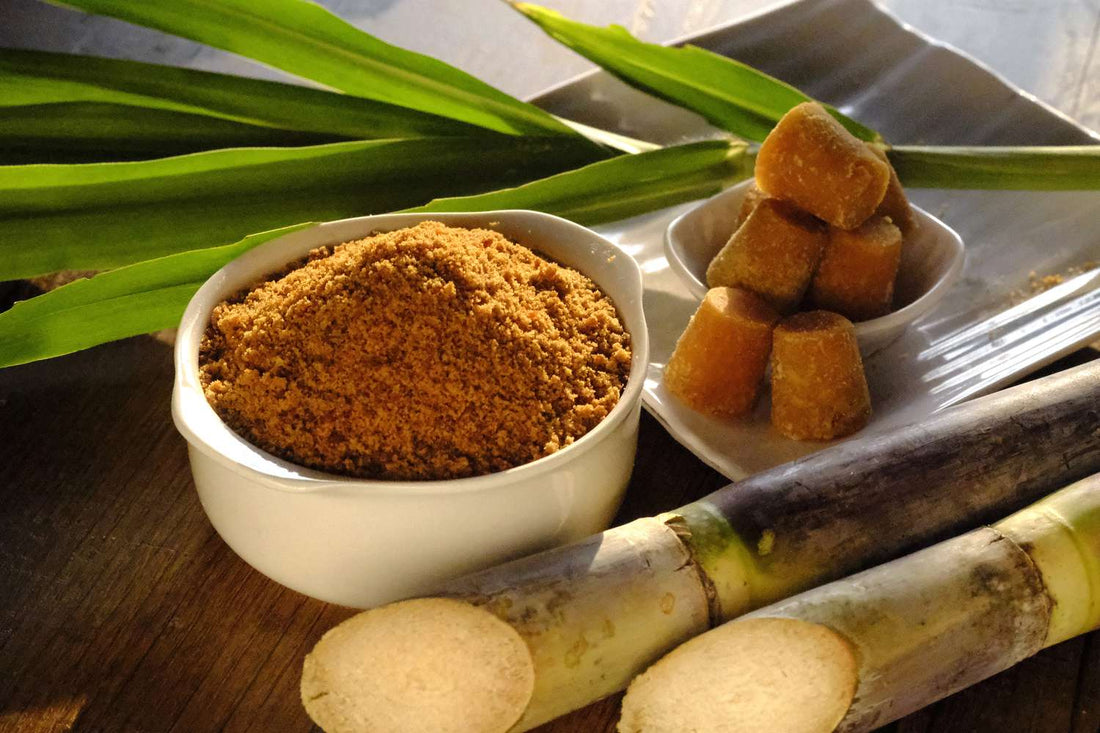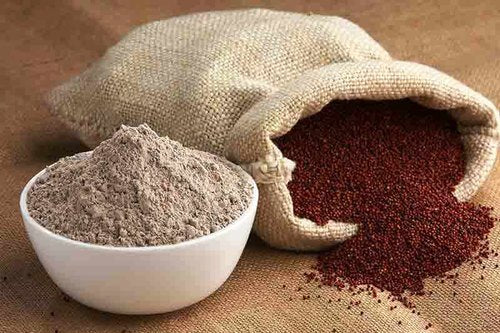






Ragi vs. Diabetes: Can This Ancient Grain Make a Difference?
Introduction: Ragi Flour & Diabetes
Diabetes is a growing global health concern, and managing blood sugar levels effectively has become more crucial than ever. Among the many dietary changes recommended for diabetics, whole grain ragi (finger millet) has gained significant attention. Often referred to as a superfood, ragi flour is being hailed as one of the best flours for diabetics due to its low glycemic index and impressive nutritional profile. But is it truly a miracle grain, or is it just another health fad?
This article explores the potential of gluten-free ragi flour for diabetes management, how it stacks up against other grains, and whether it truly deserves its superfood status.

What Makes Ragi Special?
Unlike refined grains that can cause blood sugar spikes, ragi flour has a low glycemic index, making it an excellent option for people with diabetes. It’s packed with essential nutrients, including:
- Complex Carbohydrates – Provide sustained energy.
- Dietary Fiber – Aids digestion and helps regulate blood sugar.
- Calcium & Iron – Supports bone health and boosts hemoglobin.
- Polyphenols & Antioxidants – Help reduce oxidative stress and inflammation.
Ragi’s Low Glycemic Index
One of the most significant benefits of ragi flour for diabetics is its low glycemic index (GI), which means it doesn't cause rapid spikes in blood sugar.
Why Does Ragi Have a Low GI?
- High Fiber Content – Slows sugar absorption into the bloodstream.
- Complex Carbohydrates – Digest slowly, ensuring steady energy.
- Rich in Polyphenols – These compounds help regulate blood glucose levels.
Switching to gluten-free ragi flour can be a game-changer for anyone aiming for a healthier, diabetes-friendly diet.
Rich in Fiber
Ragi is high in both soluble and insoluble fiber, making it a gut-friendly grain that supports digestion and long-term health.
Benefits of Ragi’s Fiber Content:
- Improves Digestion – Promotes regular bowel movements.
- Stabilizes Blood Sugar – Prevents glucose level spikes.
- Enhances Satiety – Keeps you full longer, reducing unhealthy snacking.

Ragi vs. Other Grains
|
Grain |
Glycemic Index |
Fiber Content |
Gluten-Free? |
|
Ragi (Finger Millet) |
54 (Low GI) |
High |
Yes |
|
Wheat Flour |
70–75 (High GI) |
Moderate |
No |
|
Rice Flour |
80+ (High GI) |
Low |
Yes |
|
Maida (Refined Flour) |
85+ (Very High GI) |
Very Low |
No |
Why Choose Ragi Over Wheat or Rice?
- It has a significantly lower GI than wheat or rice.
- It contains more fiber and essential nutrients.
- It’s naturally gluten-free, ideal for those with gluten intolerance.
Ragi’s Role in Weight Management & Insulin Sensitivity
A major hurdle in diabetes care is insulin resistance. Ragi flour supports better metabolic health and can help improve insulin sensitivity.
How Ragi Helps:
- Boosts Metabolism – Fiber and amino acids help burn fat.
- Reduces Cravings – Prolongs fullness and curbs overeating.
- Improves Insulin Response – Helps the body use insulin more effectively.
Best Ways to Consume Ragi for Diabetes
-
Sprouted Ragi Malt (Nachni Satva)
Sprouting increases nutrient bioavailability and improves digestion. -
Ragi Roti (Flatbread)
A great substitute for wheat roti—pair it with veggies and proteins. -
Ragi Porridge
Ideal for breakfast. Cook with water or milk; add nuts and seeds for extra nutrition. -
Ragi Idli & Dosa
Fermented ragi recipes support gut health and improve digestion.
Potential Downsides
While ragi offers many benefits, it’s not without considerations:
- Overconsumption Can Raise Blood Sugar – Portion control is key.
- Not Suitable for Low-Carb Diets – Contains healthy carbs, not keto-friendly.
- May Be Hard to Digest – Sprouted ragi is easier on sensitive stomachs.
Scientific Backing
Numerous studies support ragi’s role in diabetes management:
- A study in the Journal of Food Science & Technology found that ragi’s polyphenols and dietary fiber help reduce post-meal blood sugar levels.
- Research in the International Journal of Food Sciences & Nutrition showed that millets like ragi improve insulin sensitivity.
- The Indian Council of Medical Research (ICMR) includes ragi in its list of diabetic-friendly foods due to its low GI and nutrient density.
FAQ About Ragi Flour for Diabetes
Q1: Can diabetics eat ragi every day?
A: Yes, but in moderation—about one serving per day is ideal.
Q2: How does ragi compare to wheat for diabetes?
A: Ragi has a lower GI and more fiber, making it more suitable for blood sugar management.
Q3: Can ragi be eaten at night?
A: Absolutely. Ragi is easy to digest and can be consumed as porridge or roti at dinner.
Q4: Is sprouted ragi better than regular ragi?
A: Yes, sprouted ragi is richer in bioavailable nutrients and easier to digest.
Q5: How can I include ragi in my diabetic diet?
A: Enjoy it as roti, porridge, dosa, or sprouted malt.
Conclusion
So, is ragi flour a miracle grain for diabetics or just another fad?
The science and nutrition facts lean heavily in favor of ragi. Its low glycemic index, high fiber, and rich nutrient profile make it one of the best flour choices for managing diabetes. Whether your goal is blood sugar regulation, weight control, or improved insulin sensitivity, ragi flour is a smart and sustainable addition to your diet.
Make the switch to organic ragi flour today and embrace better diabetes management—naturally.
